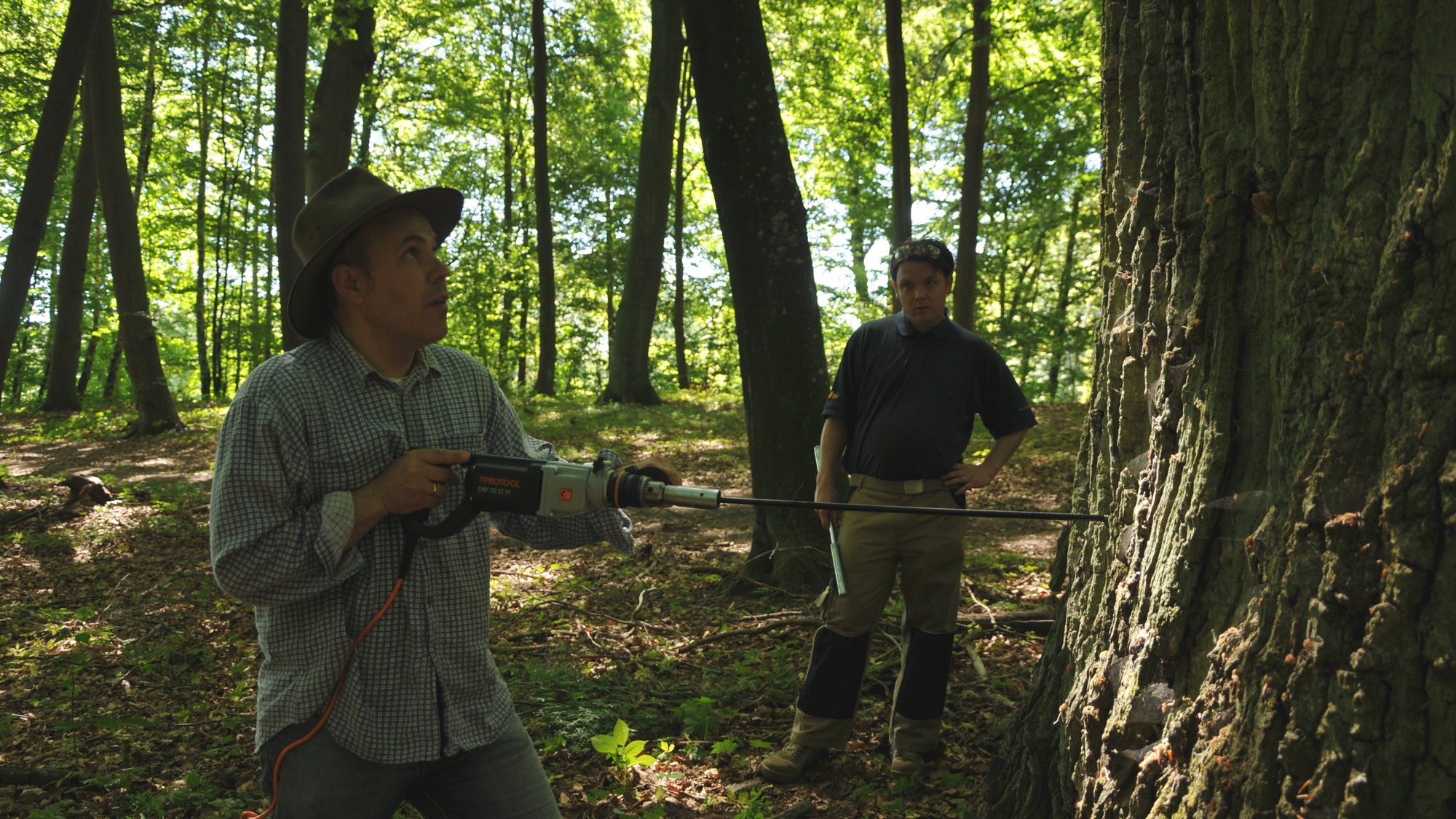Überblick
According to the assessment report of the Intergovernmental Panel on Climate Change (IPCC) global warming is undoubtedly occurring. Moreover the dynamics of regional and seasonal climate changes will differ significantly. The bulk of the tree-ring chronologies for temperature reconstructions were from trees growing near the latitudinal or altitudinal limits, e.g., Alpine regions and northern Scandinavia. This is especially true for all tree-ring chronologies longer than 500 years. In contrast, long-term reconstructions derived from trees growing well within their latitudinal or altitudinal limits are missing. Thus they are not part of the IPCC data base, which we believe is a crucial gap in the palaeoclimate database. Recently, we have developed a new method applying confocal laser scanning microscopy which reduces the efforts for obtaining chronologies of cell-structure measurements. First analyses have shown that such chronologies contain strong climate signals indicating the great potential for climate reconstructions for the temperate lowlands in Europe.
Climate dynamics of the last Millennium derived from cell structure measurements of pine and oak trees in the temperate lowlands of NE-Germany and N-Poland
ClimCell was successful in developing two robust multi-centennial multi-parameter cell structure chronologies from European oak and Scots pine. In ClimCell, ten cell size classes could be derived and correlated with daily climate data. Some of the size classes were shown to be strongly correlated with seasonal climate data. These significant and robust relationships are being used for reconstructions of seasonal temperatures and precipitation in N-Poland. Similarly, excellent correlations with temperature were found for earlywood vessels of European oak in NE-Germany, and based on the findings from the calibration period of the robust vessel chronology an annual mean temperature reconstruction for the last 1000 years is being developed. The methods initially developed for ClimCell were advanced further during the course of the project. The new set up will facilitate a faster sample throughput. More and longer cell structure chronologies will be achieved in the coming years, with the focus on regions where tree rings alone have so far not been successful, e.g., the tropics and the Mediterranean. In ClimCell it was confirmed that the combination of the software programs ROXAS for image analysis, RAPTOR for cell data analysis, and CLIMTREG for high-resolution climate-growth analysis is the cutting-edge methodology for quantitative wood anatomy.

